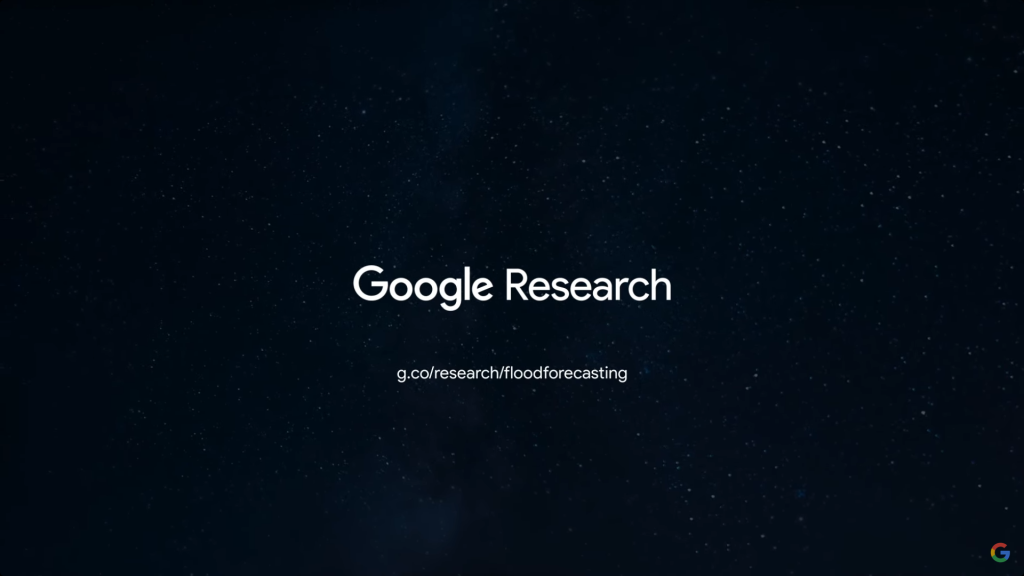Imagine living in constant fear of floods, with nowhere to turn for reliable warnings. For nearly 1.5 billion people around the world, this isn’t a hypothetical scenario – it’s a harsh reality. Floods, the most common natural disaster, leave a trail of devastation, displacing communities and costing billions in damages each year.
Google first started with a pilot project in Patna, India
Traditionally, accurate flood forecasting was a luxury limited to areas with extensive monitoring infrastructure. This left developing nations and underserved communities particularly vulnerable. But Google is changing the game with the power of Artificial Intelligence (AI).
Google’s journey began with a pilot project in India‘s flood-prone Patna region. Here, they built flood forecasting models using real-time data and historical information. While this approach delivered hyper-local accuracy, it wasn’t scalable. The answer, they realized, lay in machine learning‘s ability to crunch vast datasets.

By 2019, Google had expanded its reach 12-fold, sending out vital flood alerts to affected communities. Recognizing the potential of Long Short-Term Memory (LSTM) networks in AI, they partnered with researchers to develop a global flood forecasting platform. This ambitious project aimed to deliver reliable information even in data-scarce regions.
Initial success in India and Bangladesh covered 360 million people, but local data limitations hampered further expansion. Google’s solution? A global AI model trained on vast datasets, enabling flood prediction even without local streamflow measurements.
This innovation led to the launch of the Flood Hub platform in 2022. Today, it provides real-time flood forecasts to over 460 million people in 80 countries, including previously underserved regions in Africa. Now, access to flood forecasting in Africa rivals that of Europe.
Google understands that scientific progress thrives on collaboration. They actively partner with academic institutions, local governments, and international organizations like the World Meteorological Organization (WMO) to support early warning systems. Additionally, initiatives like the “Caravan Project” focus on standardizing and aggregating existing flood data sets. The company seems to be committed to newer research and technology to expand coverage, tackle new flood types like flash floods, and explore AI solutions for broader climate adaptation challenges. This is an ongoing journey, with the ultimate goal of protecting vulnerable communities worldwide. It’s one of the scattered examples where big tech is using AI to actually make a change, and it’s good to see that.
RELATED:
- Samsung Galaxy M55 5G With Snapdragon 7 Gen 1 Appears On Google Play Console
- Google Pixel 8a Could Be A Solid Mid-Ranger As Per The Latest Leak
- Get Redmi K70 Pro for discounted price of $499
- Lenovo Legion Y700 2023: Save $100 on this 8-inch gaming Android tablet
- How to add custom GIFs and stickers to WhatsApp
(Via)





